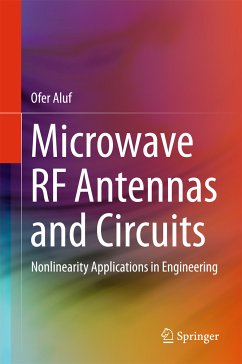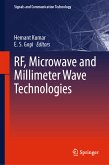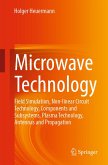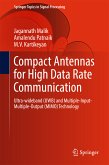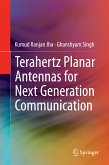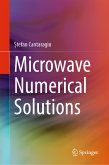Given the dynamics of RF microwave circuits and antennas, they are suitable for use in a broad range of applications. The book presents analytical methods for microwave RF antennas and circuit analysis, concrete examples, and geometric examples. The analysis is developed systematically, starting with basic differential equations and their bifurcations, and subsequently moving on to fixed point analysis, limit cycles and their bifurcations.
Engineering applications include microwave RF circuits and antennas in a variety of topological structures, RFID ICs and antennas, microstrips, circulators, cylindrical RF network antennas, Tunnel Diodes (TDs), bipolar transistors, field effect transistors (FETs), IMPATT amplifiers, Small Signal (SS) amplifiers, Bias-T circuits, PIN diode circuits, power amplifiers, oscillators, resonators, filters, N-turn antennas, dual spiral coil antennas, helix antennas, linear dipole and slot arrays, and hybrid translinear circuits. In each chapter, the concept is developed from the basic assumptions up to the final engineering outcomes. The scientific background is explained at basic and advanced levels and closely integrated with mathematical theory.
The book also includes a wealth of examples, making it ideal for intermediate graduate level studies. It is aimed at electrical and electronic engineers, RF and microwave engineers, students and researchers in physics, and will also greatly benefit all engineers who have had no formal instruction in nonlinear dynamics, but who nowdesire to bridge the gap between innovative microwave RF circuits and antennas and advanced mathematical analysis methods.
Dieser Download kann aus rechtlichen Gründen nur mit Rechnungsadresse in A, B, BG, CY, CZ, D, DK, EW, E, FIN, F, GR, HR, H, IRL, I, LT, L, LR, M, NL, PL, P, R, S, SLO, SK ausgeliefert werden.

